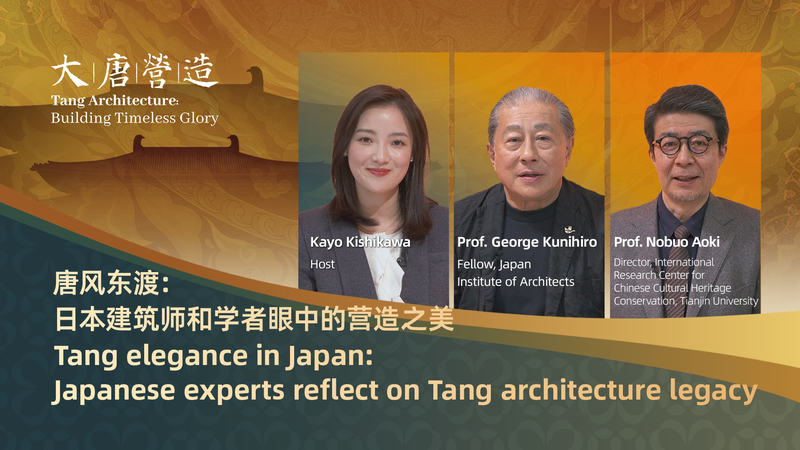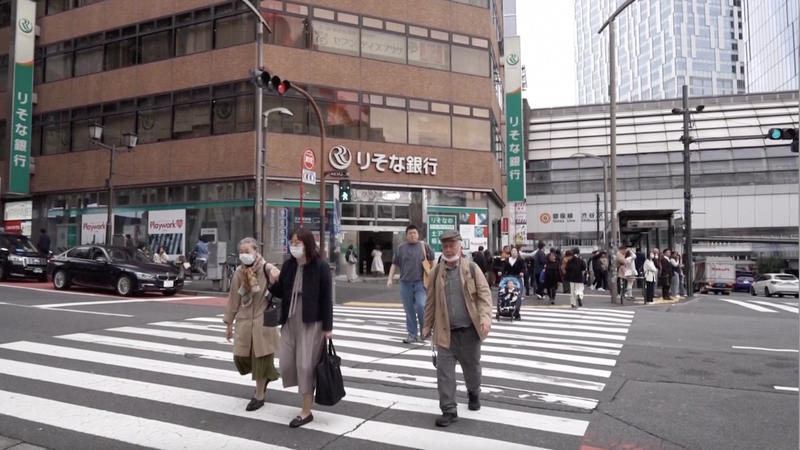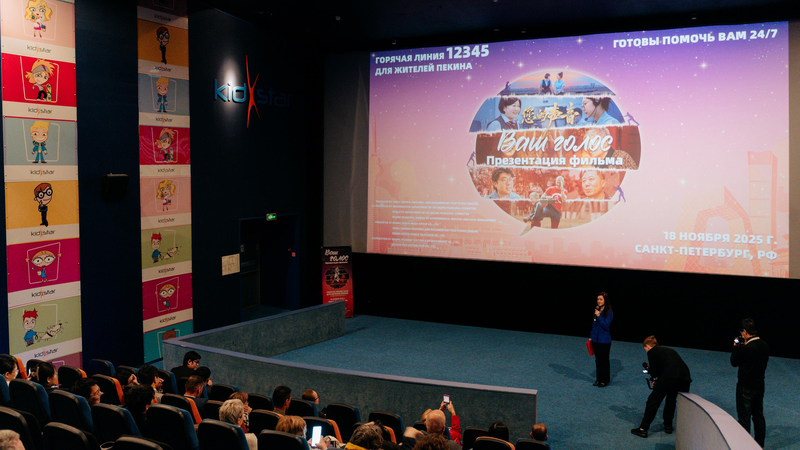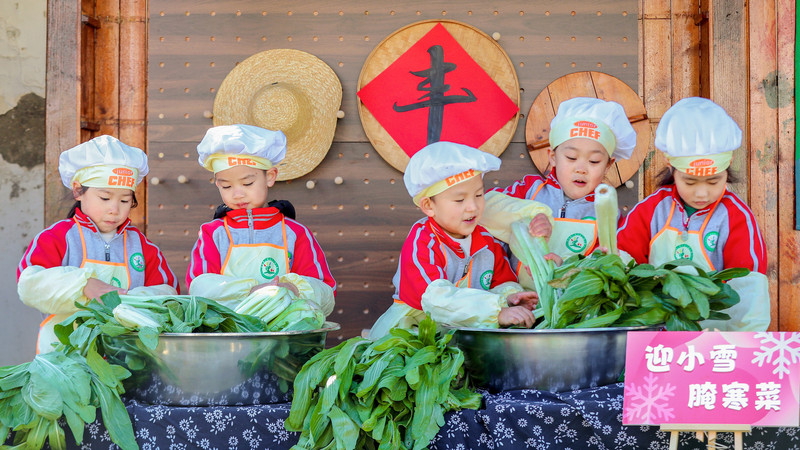A Living Legacy of Timber and Artistry
When Japan's Expo 2025 opens its doors in Osaka this July, visitors can step into a digital world where Tang Dynasty architecture springs to life. The 'Tang Architecture: Building Timeless Glory' virtual exhibition, now available in Japanese, weaves history, design and interactive storytelling to showcase why this ancient art form remains a global inspiration.
Decoding Tang Elegance
'Tang architecture is defined by its exposed timber frames, vivid colors and precise harmony between beams and columns,' says Professor George Kunihiro, a Fellow of the Japan Institute of Architects and former president of the Architects Regional Council of Asia. He points to iconic sites like Horyuji Temple in Nara, where the influence of Tang-era proportions and rich palettes is unmistakable.
Professor Nobuo Aoki, Director at the International Research Center for Chinese Cultural Heritage at Tianjin University, adds that the Tang Dynasty's economic and cultural golden age fueled grand palaces and Buddhist halls across the Chinese mainland. 'The scale and craftsmanship of Tang buildings still set the standard for elegance and engineering,' he notes.
Cultural Bridges Across Seas
From 7th-century missions to today's scholarship, the exchange of ideas between the Tang capital Chang'an and the island of Japan reshaped building traditions. Envoys journeyed to cities like Chang'an and Luoyang in the Chinese mainland not just for politics, but to study the latest in urban planning, governance – and construction techniques.
They even brought Chinese craftsmen back with them, laying the groundwork for famed temples and palaces in Japan. 'Techniques evolved through the Kamakura and Muromachi periods, adapting to Japan's humid climate with innovations like raised stone platforms,' explains Kunihiro.
Exploring the Digital Exhibition
The virtual showcase offers three immersive sections:
- Building Design: Interactive views of timber joinery and color schemes.
- Palace Complex: A 3D tour of the Daming Palace’s ceremonial halls.
- Urban Planning: A bird’s-eye exploration of Chang'an’s grid-like streets.
Highlights include a guided journey through the Great East Hall of Foguang Temple, where users can zoom in on centuries-old paintwork, and a flyover of Chang'an’s ancient city layout.
For young global citizens, entrepreneurs and digital nomads alike, this exhibition is more than a history lesson – it's an invitation to explore how ideas travel across borders and time. As we step into these virtual reconstructions, we glimpse the architectural dialogue that shaped East Asia's woodcraft legacy.
Reference(s):
cgtn.com




